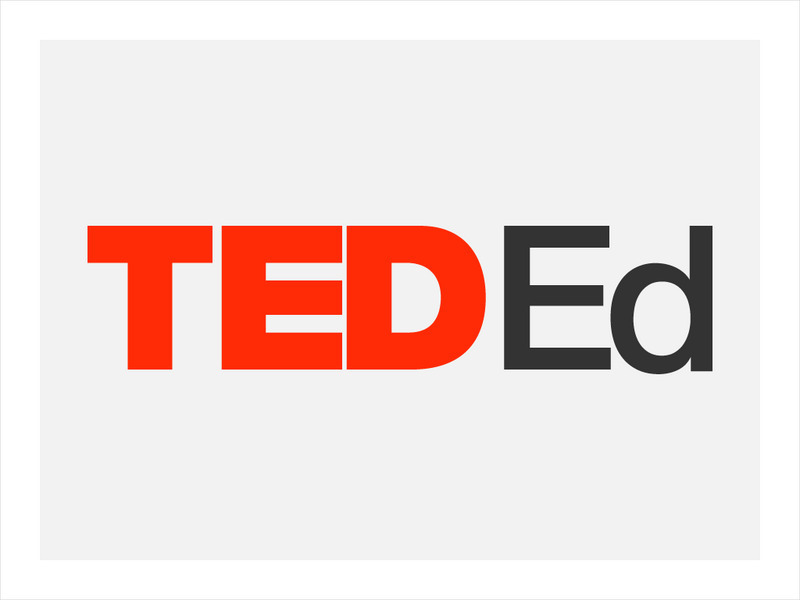Hi, what do you want to do?
University of Minnesota
Ethics of Dissection
There's an elephant in your classroom. That's right — a big, awkward elephant named Dissection. Sure, you'd like to talk about him ... but how? Whether you're a seasoned teacher or fresh out of student teaching, the topic of dissection...
NASA
Einstein and His Times
Scholars research and present on the historical happenings of 1919. After sharing their findings, pupils debate about how Congress dealt with the moral issues of the time. The evaluation asks learners to write a persuasive...
Children’s Hospital of Philadelphia
Meet the Germs
A lesson introduces scholars to the scientist, Martinus Beijerinck, the person behind virus discovery. Learners research and complete a graphic organizer that showcases the differences between a virus and bacteria. Small groups share...
Children’s Hospital of Philadelphia
Meet the Heros
Vaccine development is the focus of a lesson that explores its history, timeline, and how the scientific method aids the process. Following a discussion about Edward Jenner and Small Pox, learners answer questions in their journals then...
American Museum of Natural History
Draw a Monarch Butterfly: Scientific Illustrations
One doesn't have to be an artist to appreciate nature. A thorough resource shows pupils how to create detailed illustrations of a monarch butterfly. The lesson highlights the benefits of creating scientific drawings as opposed to simply...
Benjamin Franklin Tercentenary
Ingenious: Franklin Assembles a Scientific Community
Few Americans have heard of the burgeoning scientific community known as the America Philosophical society, started by none other than Benjamin Franklin. With inquiry, research, and discussion, high schoolers come to understand their...
Howard Hughes Medical Institute
Visualizing Gene-Expression Patterns
How do genetics gurus know so much about gene expression? See traits materialize before your very eyes using a presentation with embedded simulations. Science scholars develop an understanding of the techniques used to follow the work of...
LABScI
The Rutherford Atomic Model: Hidden Obstacles
Historically, scientists had to be creative to study subatomic structure. Scholars step into their minds to recreate the procedure Rutherford used to create his atomic model. Learners identify the creative efforts of early scientists...
University of Colorado
Astro-Chronology
Class members play a version of the game Chronology to determine when certain scientific events occurred in history. Teams play until someone has 5-10 events in the correct order.
NASA
Century Timeline
Scholars use the Cosmic Times and the Internet to create a timeline of events from 1916 when Einstein presented the Theory of General Relativity to 2016. Scientific discoveries are the main focus, then pupils add in events from culture,...
English Worksheets Land
Great Discoveries
Compare and contrast two paragraphs describing Alexander Fleming's scientific discovery of penicillin using this compare-and-contrast reading instructional activity where scholars explain what happens through writing, decide whether the...
NASA
Space Station Research Explorer
Take a trip into outer space from the safety of your classroom. A great addition to the digital library of any science teacher, this reference offers a behind-the-scenes look at the research going at the International...
Spark Notes
The Scientific Revolution (1550-1700): Review Test
In this online interactive history quiz worksheet, students respond to 45 multiple choice questions about the Scientific Revolution. Students may submit their answers to be scored.
Curated OER
Accidental Discoveries
Student explore accidental scientific discoveries. In this video-based lesson, learners discuss how theories change with new information and evidence. This lesson includes handouts, teachers notes and a Quick Time video.
Curated OER
Integrating Biology-Serendipity and Science
In this science and serendipity worksheet, students read about how Fleming discovered Penicillin by accident when observing bacteria that didn't grow where mold existed. Students answer questions about scientific discoveries.
Curated OER
Chinese Inventions A Selected History of Science and Invention in China
Students study the history of Chinese technology by identifying when and where items were invented or discovered.
Curated OER
Accidental Discoveries
Students view and discuss several video segments and then work in groups to identify several scientific discoveries that were made by accident. They summarize their findings and present them to the class.
Curated OER
Beauty in the Eye of the Scientist
Students research science's 10 most beautiful experiments and the historical periods in which these experiments were conducted. Then, students create magazine covers for issues of a fictional magazine.
Other
Alpha Galileo
AlphaGalileo is a news resource for international science, medicine, and technology. Content includes daily science press releases and news, complete with contact information for follow-ups. Also offers podcasts, downloadable in MP3...
National Science Foundation
National Science Foundation
This is the official website of the National Science Foundation (NSF), an independent federal agency that promotes the progress of science. The site often features the latest information on such issues as climate research, wildlife...
American Chemical Society
American Chemical Society: Directory of National Historic Chemical Landmarks
A database of milestones and accomplishments in the field of chemistry. The information is organized in four ways: by year, by category, by U.S. state, and by country.
TED Talks
Ted: Ted Ed: How Simple Ideas Lead to Scientific Discoveries
Educator, Adam Savage, shares two astounding examples of profound scientific discoveries that came from simple, creative procedures: Eratosthenes' calculation of the Earth's circumference and Hippolyte Fizeau's measurement of the speed...
Other
Canal Kids: Grandes Ingenerates (Big Inventions)
An exploration of four defining scientific inventions/discoveries of recent history: plastic, laser technology, electricity, and bar codes. The history and development of these technologies, along with examples of their application and...
American Association for the Advancement of Science
Eureka Alert: Fear of 'Foreigners' May Slow Scientific Progress
Science is a very important part of social progress. But since 9/11, foreign students, many of whom study science and technology in the United States, have had more difficult times of obtaining and renewing visas. This could lead to a...




























